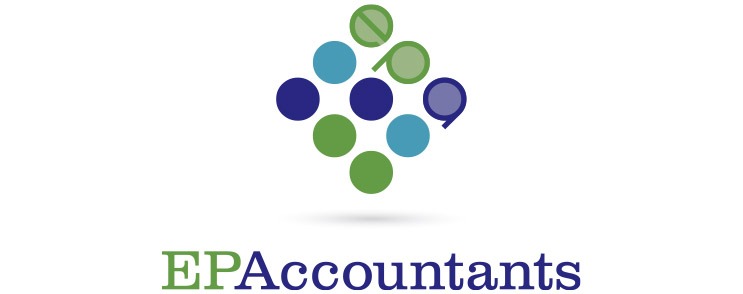Intrastat declarations were historically used to collect information on the movement of goods from the UK to other EU countries and vice versa. Any business that exceeded the exemption threshold for either arrivals or dispatches of goods were obliged to submit monthly returns.
This changed following Brexit and there were further changes from 1 January 2022. Since 1 January 2022, Intrastat declarations only apply for movements of goods between Northern Ireland and the EU.
There is no requirement to submit a declaration for goods you move from Great Britain (England, Scotland and Wales) to the EU. Intrastat no longer covers these movements of goods.
The exemption threshold for arrivals in 2022 is £500,000 and the exemption threshold for dispatches is £250,000. Intrastat filings must be made electronically. The deadline for submission is the 21st day of each month following the end of the period to which the declarations relate e.g., the return for the month ending 31 January 2022 is due by 21 February 2022.



